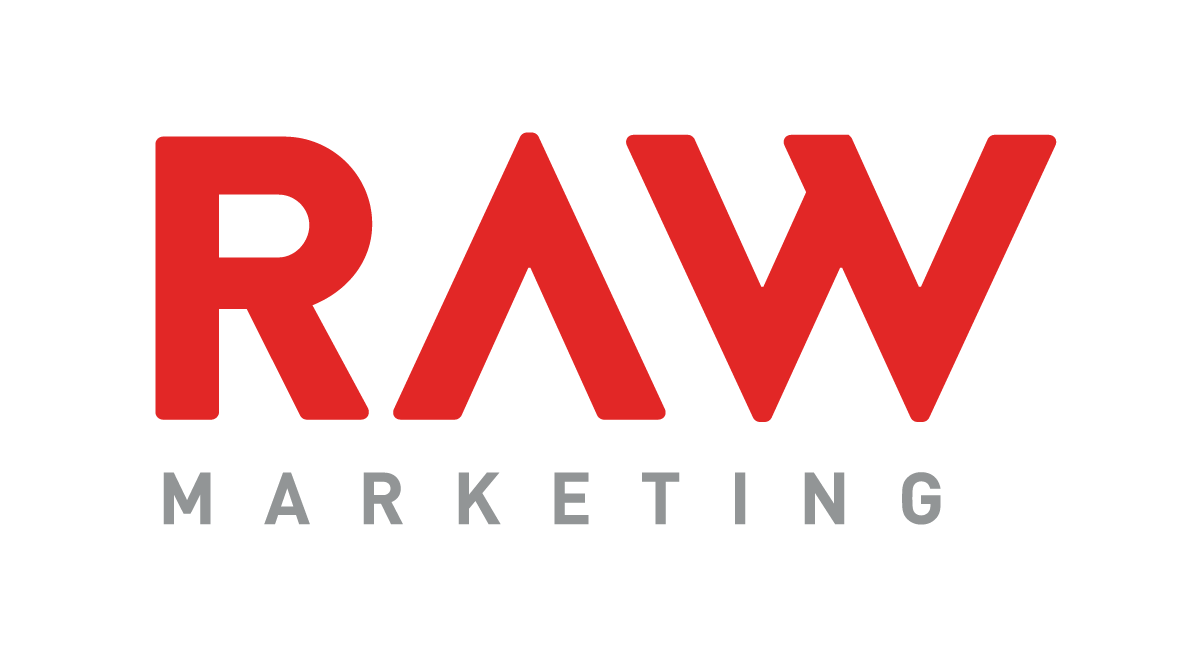Black Friday used to be an ‘American thing’. It takes place on the first Friday after Thanksgiving, and traditionally it marks the start of the shopping season leading up to Christmas. In theory, it’s an excellent time to launch a sale. Getting that jump start on the Christmas buying season by giving consumers great value via deep discounts has made Black Friday the business shopping day of the year for American retailers. Having seen the success of that, retailers in other parts of the world have also jumped on the excitement. Now Black Friday is a global phenomenon.
The question is… is it really that beneficial? It’s easy to get caught up in the excitement of big sales and the media train that runs behind them. However, will every Australian business benefit from participating?
It’s a question worth asking because, in the B2B area in particular, Black Friday’s value is very questionable.
Understanding Consumer Expectations
Central to understanding the dynamics of Black Friday is that it is the consumers who expect retailers to participate. In the B2C space, businesses have no choice.
Immediately prior to and after Black Friday, consumer spending dries up, as consumers are conditioned to wait for that one day. For example, last year, after 11 consecutive months of increasing spend, retailers posted a decline in spending for December, the biggest sales month of the year. It was believed that a record Black Friday that year was a fundamental reason for that. Things have been spread out a little through efforts like introducing “Cyber Monday” to turn the event into a week-long festival of shopping of sorts, but Black Friday remains the big day, and if you’re not offering discounts to consumers, they may take their business elsewhere.
The fever pitch around shopping on this day causes a lot of ‘FOMO’ among customers, but it’s perhaps even more pronounced among retailers. The perception is that if you’re not only offering discounts, but the deepest discounts, you’re not taking full advantage of Black Friday.
That’s the consumer space. Incredibly, that same sense that you must participate in Black Friday is increasingly moving into the B2B space as well. The appeal here seems to be the time-limited nature of a single day’s sale, as noted in a recent article on The Drum: “The core principle of Black Friday is that buyers are motivated to purchase by time-limited deals. This principle holds true for B2B purchases as well as B2C.”
There is some research to support that it can work, too, with a survey of German B2B online retailers finding that of the 57% that created Black Friday savings, there was overall a significant increase in sales. Meanwhile, for those B2B businesses that don’t have an eCommerce presence, the reality is that the overall value of both Black Friday might well be too marginal – and potentially even negative in the long term – for it to be worth participating in.
B2B organisations need to ask some real questions about the sustainability of this, because in many cases, Black Friday-like sales structures are simply not sustainable. Especially if the business conditions its customers to wait for that big sale each year.
Challenge #1: B2B sales take place over a longer cycle
We’ve all made an impulse purchase due to a big sale, and that’s exactly what Black Friday taps into. A product that we would have thought twice about, and then moved away from, becomes easy to purchase without a second thought when it’s 70% off. Therein lies the benefit of Black Friday to B2C businesses: shifting inventory to customers that would have otherwise left it on the shelves.
On the other hand, B2B buyers do not make impulse purchases. Discounting is used as a form of competitive differentiation, but that only comes after a lengthy sales cycle in which a client carefully considers their various options. By participating in Black Friday sales, a B2B seller needs to be careful not to condition their customers to wait for the Black Friday sale each year, making it more difficult to convert the sales cycle at other times.
Challenge #2: B2B sales mean ongoing support
With most B2C products, a Black Friday sale is a straightforward transaction: give a deep discount, sell a product, and then you’re done with it.
B2B services, meanwhile, typically involve ongoing services, support, and client management. To provide a deep discount then creates a quandary – is the discount perpetual, for a fixed period of time, or just in the short term? Each of those has implications for margins and whether a customer finds value in the discount. For example, a 70% discount on the first month of a service contract doesn’t mean much if it becomes unaffordable in subsequent months. A 70% discount over a year is a big and ongoing hit to the margins.
Challenge #3: Scaling
Scaling is another area where retailers in the B2C space have it relatively straightforward: You build your sales projections, make sure there’s enough inventory on hand to handle the increased demand, and then hire a lot of temporary staff to handle the logistics.
Because B2B sales occur over a longer cycle, and require additional support to implement and then manage the account, having a large and substantial influx of customers can rapidly send the entire organisation into overcapacity. B2B organisations need to be more strategic about growth, and short-term spikes in demand can challenge that.
None of this is to suggest that B2B organisations should not participate in Black Friday sales, of course. However, where it feels almost mandatory for B2C organisations to participate, for those in the B2B space, it’s an opportunity to be strategic and opportunistic. Conversely, B2B sellers shouldn’t feel the pressure to participate in Black Friday sales if it doesn’t make strategic sense to the business.
Would you like to learn more about working with RAW Marketing on your next B2B campaign? Feel free to contact us on [email protected]


